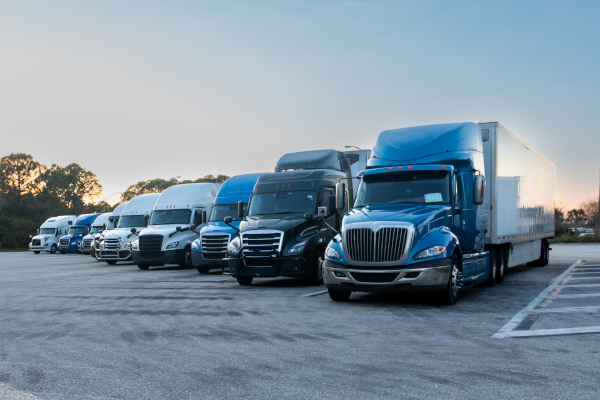Trucking Association CEO on New Biden Policy: ‘Entirely Unachievable’
New, stricter emission standards for heavy-duty trucks causes uproar in trucking industry
The trucking industry says new, tougher-than-expected emission standards for heavy-duty trucks recently announced by the Biden Administration have unachievable targets and will carry real consequences for the U.S. supply chain and movement of freight throughout the economy.
“ATA opposes this rule in its current form because the post-2030 targets remain entirely unachievable given the current state of zero-emission technology, the lack of charging infrastructure, and restrictions on the power grid,” American Trucking Associations President and CEO Chris Spear said in a statement.
The new rules are slightly stricter than those proposed last year. For example, motor carriers will have more time (2030, instead of 2027) to build out a zero-emissions infrastructure. But the flip side is stronger emissions limits in 2031 and 2032.
By 2032, the proposed rule seeks to get 50% of vocational vehicles like buses and waste haulers to zero emissions; 35% of new short-haul regional tractors; and 25% of new long-haul trucks.
That means more than 40% of all heavy-duty trucks need to have zero emissions in six upcoming model years. Under the 1,155-page final rule, roughly 30% of heavy-heavy-duty vocational trucks would need to be zero-emission by 2032 and 40% of regional day cabs.
Environmental Protection Agency (EPA) Administrator Michael Regan called the Phase 3 rule “the strongest national greenhouse gas standard for heavy-duty vehicles in history.” Regan claimed it would save fleets costs on fuel expenses. EPA estimates new trucks could save motor carriers upwards of $3.5 billion in fuel and other costs over the six model-year periods.
Article Topics
American Trucking Association News & Resources
Trucking Association CEO on New Biden Policy: ‘Entirely Unachievable’Latest in Transportation
Is the Trailers as a Service (TaaS) Model Right For Your Business? Why Grocery Shoppers are Leaving Stores and Buying Their Food Online Unlocking Efficiency: Navigating Sea Freight Logistics in Supply Chain Management Is There a Next Generation of Truckers? Data Reveals Grim Outlook A Look at Baltimore’s Key Bridge Collapse—One Month Later Baltimore Continues Bridge Recovery With Opening of New Channel How Shippers Can Prep for Hurricane Season More Transportation










